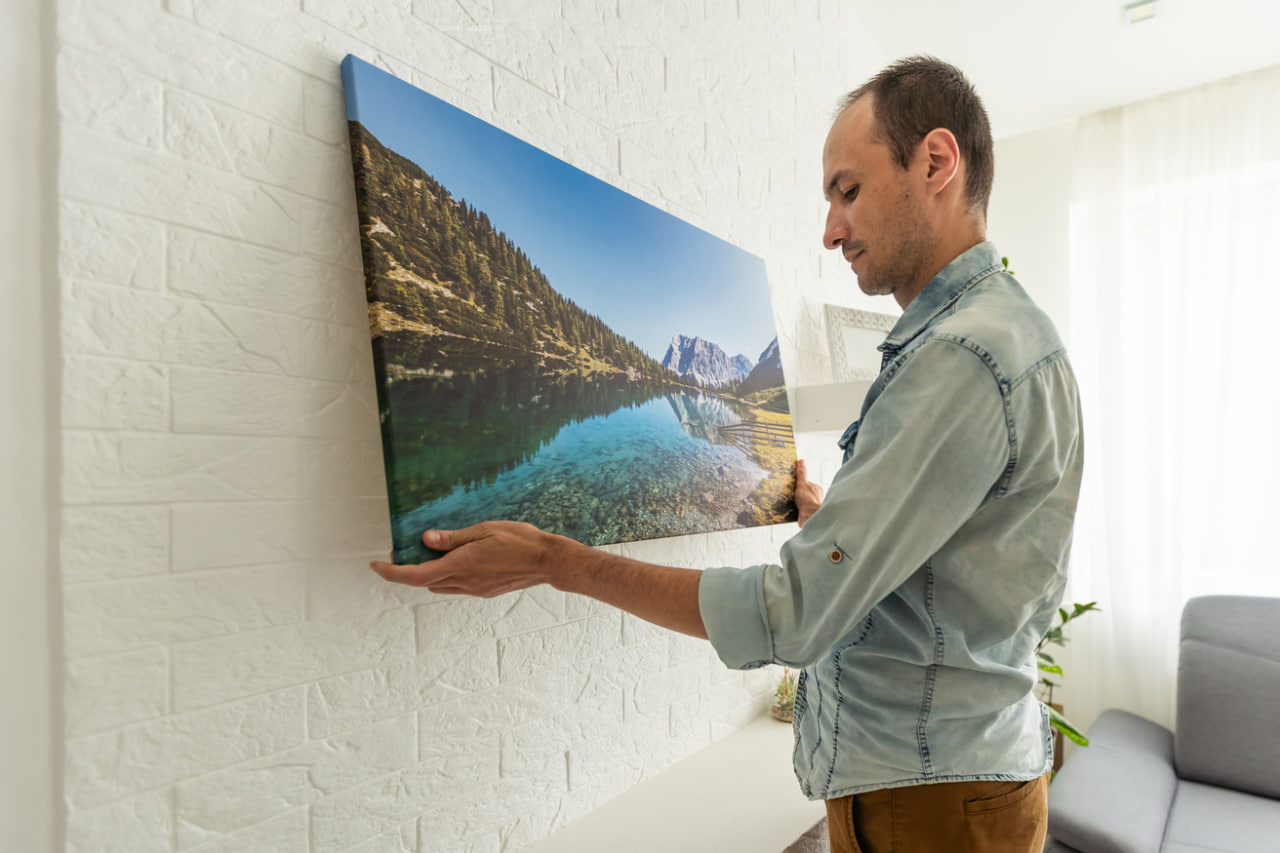Call us now:

Contemporary painting is a dynamic and exciting field that allows artists to express their creativity in modern and innovative ways. Unlike traditional painting, contemporary art embraces experimentation with techniques, materials, and styles, giving artists the freedom to explore unique visual languages. For beginners, getting started in contemporary painting may feel overwhelming, but with the right guidance, tools, and practice, anyone can develop their skills and artistic voice.
Understanding Contemporary Painting
Contemporary painting is not defined by a single style or medium. It includes abstract, figurative, conceptual, and experimental approaches. The key is the combination of traditional painting techniques with modern ideas, innovative materials, and creative expression. Beginners should focus on exploring different methods and observing contemporary artworks to understand how artists convey emotion, meaning, and visual impact in their work.
Choosing Your Materials
Getting started requires selecting the right materials. Contemporary painting can involve a variety of mediums such as acrylics, oils, watercolors, or mixed media. Acrylics are beginner-friendly due to their fast drying time and versatility. Oils allow for richer textures and blending but require more patience. Watercolors encourage fluidity and spontaneity, while mixed media opens possibilities for experimentation with unconventional materials. Starting with a few core materials and gradually exploring others is the most effective approach for beginners.
Learning Basic Techniques
Mastering fundamental techniques is essential for building confidence. These include:
- Brushwork — Understanding different brushes and strokes for texture and expression.
- Color Mixing — Learning how to combine colors effectively to create desired tones and moods.
- Composition — Arranging elements in a painting to guide the viewer’s eye and create balance.
- Layering — Applying paint in layers to achieve depth and dimension.
- Texture Creation — Using techniques like impasto, palette knife, or mixed materials for tactile effects.
Practice with small exercises focused on these techniques helps beginners develop control and familiarity with their chosen medium.
Starting Your First Projects
Beginners should begin with simple projects that allow exploration and experimentation. Examples include:
- Abstract compositions using basic shapes and colors
- Simple still lifes with everyday objects
- Small-scale landscapes or urban scenes
- Mixed media collages incorporating textures and materials
The goal is to practice, experiment, and enjoy the creative process rather than focus on perfection. Each project provides valuable experience and contributes to skill development.
Developing Your Artistic Style
As you practice, you will begin to discover your unique artistic style. Observe how you respond to color, form, and texture. Experiment with different approaches, combine techniques, and allow your intuition to guide your work. Style evolves naturally over time and is strengthened by regular practice and reflection on your creations.
Showcasing Your Work
Even as a beginner, presenting your work professionally is important. Photograph your paintings clearly, ensure proper lighting, and consider creating a portfolio or online gallery. Sharing your work in social media art communities, local exhibitions, or online platforms like Behance or Instagram can provide feedback, encouragement, and inspiration.
Joining a Creative Community
Learning and growing as a contemporary artist is enhanced by being part of a creative community. Engage with fellow artists, participate in workshops, and attend exhibitions. Receiving constructive feedback and seeing others’ work exposes you to different ideas and helps refine your own practice.
